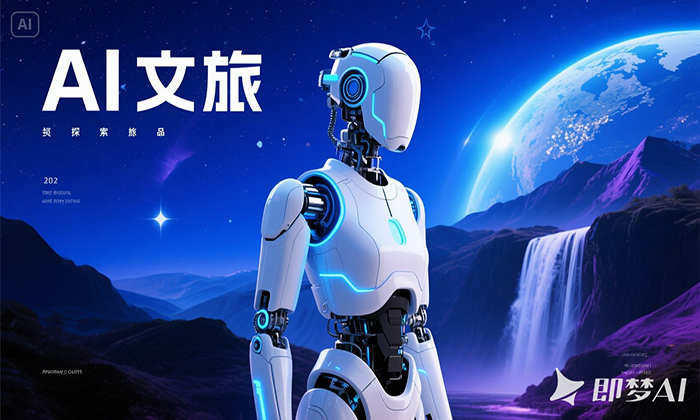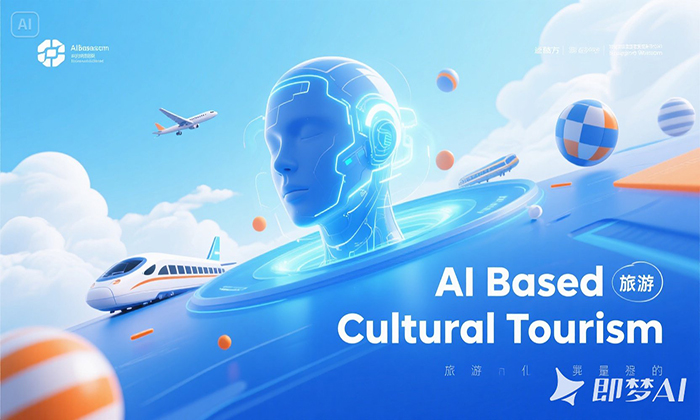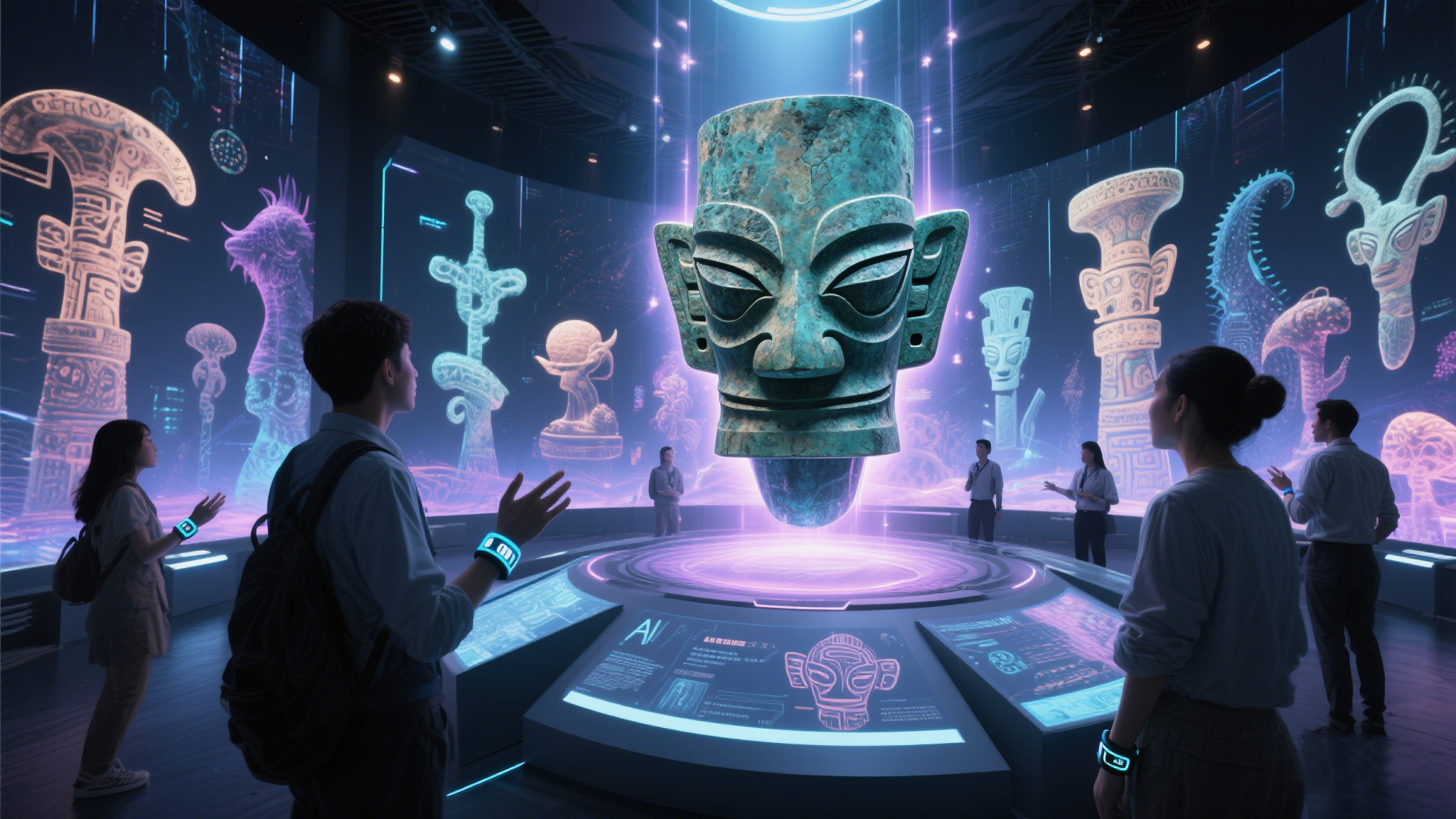AI and Cultural Tourism: Redefining the Travel Experience
小薇 2025-05-21
In recent years, the integration of artificial intelligence (AI) into cultural tourism has opened up new possibilities for travelers and destinations alike. This article explores how AI technologies are reshaping the way we experience and appreciate cultural heritage.
AI and Cultural Tourism: Redefining the Travel Experience
In recent years, the integration of artificial intelligence (AI) into cultural tourism has opened up new possibilities for travelers and destinations alike. This article explores how AI technologies are reshaping the way we experience and appreciate cultural heritage.Enhancing Visitor Experiences with AI
AI-driven innovations are transforming cultural tourism by offering personalized experiences tailored to individual preferences. From interactive museum exhibits to augmented reality (AR) tours, these advancements allow visitors to engage more deeply with historical sites and artifacts.1.
Personalized Itineraries
Using machine learning algorithms, travel platforms can analyze user data—such as past trips, interests, and reviews—to suggest customized itineraries. For example, a traveler passionate about ancient history might receive recommendations for lesser-known archaeological sites or specialized guided tours.2.
Interactive Guides
Smartphone apps equipped with AI capabilities serve as virtual companions during visits. These apps provide real-time translations, answer questions about exhibits, and even narrate stories associated with specific locations. In some cases, they employ facial recognition technology to identify artworks and deliver relevant information instantly.3.
Virtual Reconstructions
For fragile or inaccessible landmarks, AI enables digital reconstructions that transport users back in time. Through VR headsets, tourists can explore reconstructed versions of ancient cities or ruins, gaining insights into their original grandeur.Benefits of AI in Cultural Tourism
The adoption of AI brings several advantages to both tourists and destination managers:- Improved Accessibility: Audio descriptions, sign language interpretations, and tactile models make cultural attractions more inclusive for people with disabilities.
- Data-Driven Insights: Analyzing visitor patterns helps museums and historical sites optimize operations, allocate resources efficiently, and plan marketing strategies effectively.
- Sustainability Efforts: By reducing physical wear-and-tear on sensitive areas through virtual alternatives, AI contributes to preserving cultural heritage for future generations.
Real-World Applications
Several pioneering projects highlight the potential of AI in enhancing cultural tourism:Example 1: The Louvre Museum's AR App
The Louvre introduced an AR app allowing visitors to view additional layers of information while exploring its vast collection. Users could point their phones at paintings or sculptures to access detailed explanations, artist biographies, and historical context.Example 2: Pompeii's Digital Restoration
Through advanced imaging techniques powered by AI, archaeologists digitally restored parts of Pompeii destroyed by volcanic eruptions. Tourists now enjoy immersive walkthroughs showcasing what life was like before the disaster struck.Challenges and Considerations
While promising, the implementation of AI in cultural tourism comes with certain challenges:- Privacy Concerns: Collecting personal data for customization purposes raises ethical questions regarding consent and security.
- Technological Barriers: Not all destinations possess the infrastructure required to support sophisticated AI systems.
- Cultural Preservation: Balancing innovation with respect for authenticity ensures technology enhances rather than overshadows traditional values.
Looking Ahead
As AI continues to evolve, its role in cultural tourism will expand further. Emerging trends such as natural language processing, predictive analytics, and edge computing hold immense potential for refining visitor experiences. Moreover, collaborations between tech developers, historians, and local communities foster mutually beneficial outcomes.For professionals like Ms. Guo Xiao Wei, who work in technical testing roles, understanding these developments equips them to assess system performance rigorously and contribute meaningfully to advancing this field.ConclusionAI is revolutionizing cultural tourism by creating engaging, informative, and sustainable ways to connect with our shared human heritage. Embracing these advancements responsibly ensures that everyone—from casual travelers to dedicated researchers—can appreciate the richness of global cultures now and in the years ahead.
















